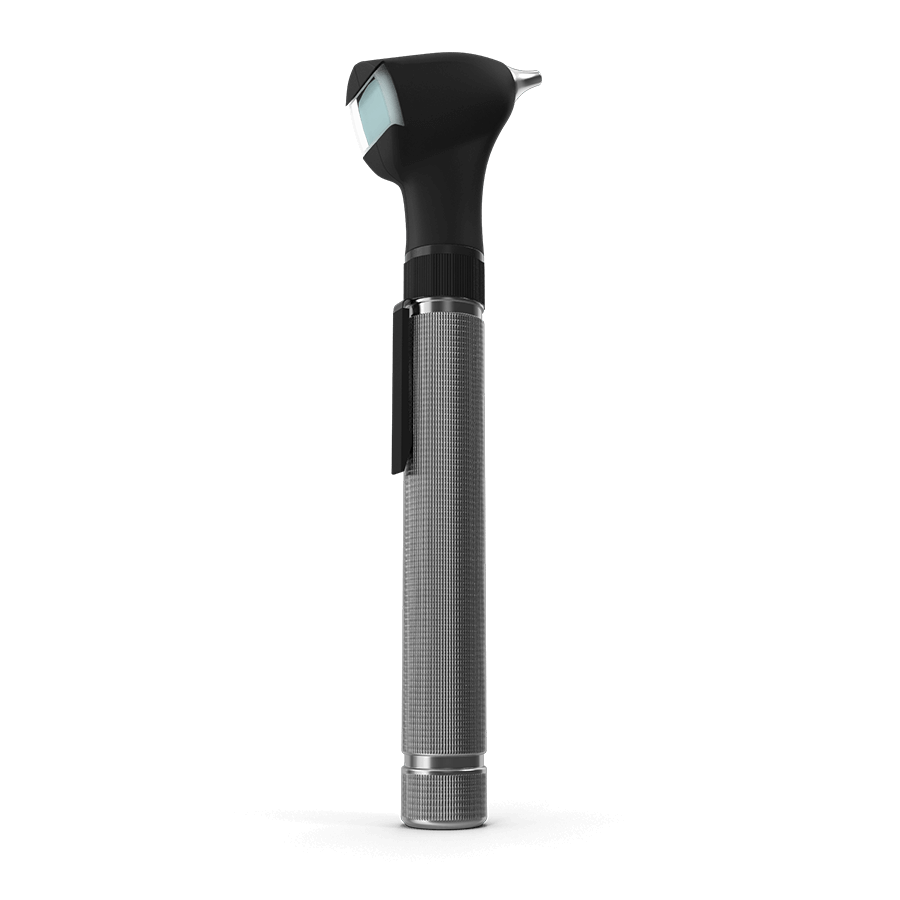Table of Contents
Untangle speech from chaos
Your audiogram may look perfect, yet a lively restaurant still feels like acoustic quicksand. You nod along, missing half the story, and wonder, “Why can’t I follow conversation?” Pure-tone beeps in a silent booth cannot predict how well you untangle speech from chaos. At Audiocare we bridge that gap with two complementary speech-in-noise tools: the trusted Quick Speech-in-Noise test (Quick SIN) and the language-free Audible Contrast Threshold test (ACT™). Each exposes a different layer of real-world difficulty; together they turn frustration into a targeted plan.
Why an Audiogram Falls Short
Conversation depends on fleeting spectro-temporal cues—the tiny bursts that separate sip from ship. Ageing, noise or neural fatigue can blunt those contrasts long before tones disappear. Speech-in-noise (SiN) tests mix signals and noise to reveal whether your ear still detects these micro-details.
Quick SIN—A One-Minute Reality Check
Quick SIN plays six everyday sentences while babble grows 5 dB louder each time. You repeat what you hear; missed words convert to an SNR-loss score. A result of 0–2 dB mirrors normal listeners; 7 dB or more signals serious strain. Patients hear their struggle quantified and instantly grasp why cafés exhaust them.
ACT™—Spotting the Hidden Limit
ACT™ skips language altogether. You hear three gentle noise bursts; one carries subtle ripples that mimic speech. Point to the odd one out—no sentences, no memory. The faintest ripple you detect becomes your contrast threshold (dB nCL). Scores around 0 ± 4 dB nCL are healthy; higher values reveal a physiological limit that simple volume cannot fix.

When Audiocare Uses Each Test
Multilingual client or cognitive fatigue → ACT™ first, immediately after the audiogram.
English-speaking client needing counselling → Quick SIN for a relatable SNR figure.
Complex cases → Both tests: Quick SIN quantifies how much louder, ACT™ shows whether louder helps.
Evidence & Reliability
Quick SIN enjoys decades of peer review and ± 2 dB repeatability. ACT™ (2024 data) shows ± 1.5 dB repeatability and a strong correlation with real-world sentence scores, independent of language.
Conclusion
If dinners feel like silent films, test beyond beeps. Quick SIN reveals the extra volume you need; ACT™ uncovers whether your ear can even use that volume. Together they guide Audiocare to choose technology and training that restore clarity, confidence, and connection.









